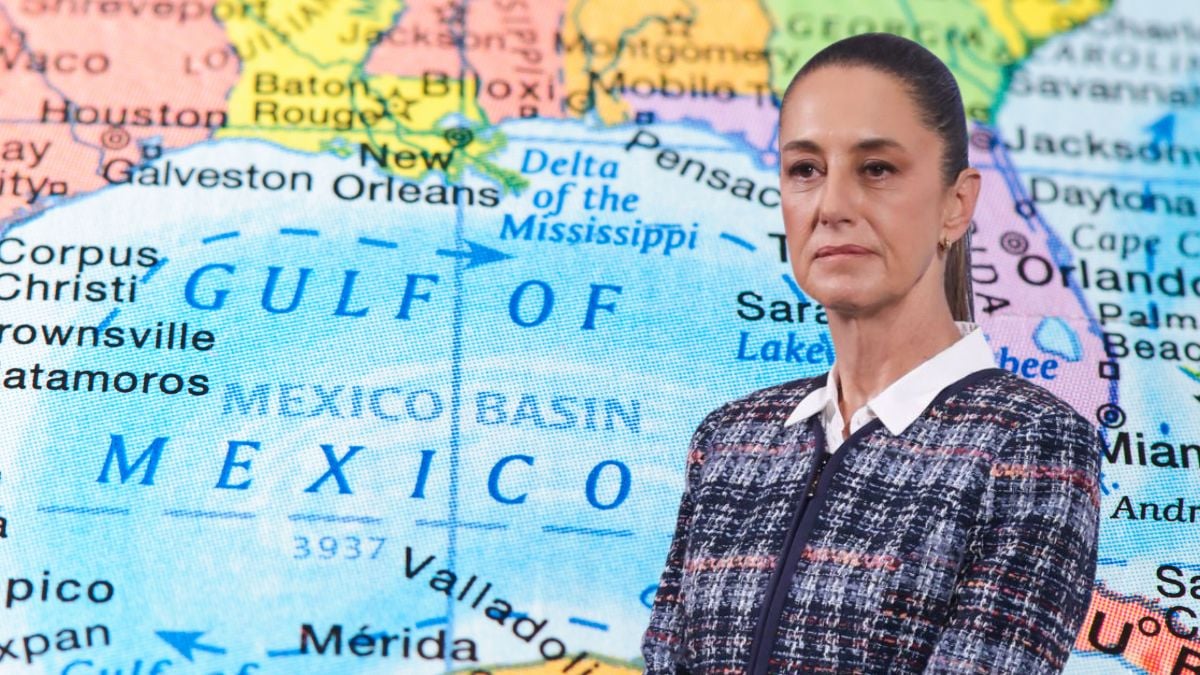
The controversy between Mexican President Claudia Sheinbaum and Google escalated, when Sheinbaum publicly stated that her administration is considering filing a civil lawsuit against the tech giant. The dispute began when Google changed the designation of the Gulf of Mexico to “Gulf of America” in its Maps application, a move that Mexico argues is historically and legally incorrect.
According to Sheinbaum, the name “Gulf of Mexico” is not a governmental imposition but rather an internationally recognized term documented in the International Hydrographic Organization (IHO) index, an entity to which both Mexico and the United States belong.
Despite receiving an official letter from the Mexican government urging a correction, Google stood by its decision. As a response, the mexican president emphasized that if the company does not rectify the designation, legal action may follow.
What was Google’s response to Mexico’s request?
Google replied to the Mexican government’s letter, explaining that its naming policy is not dictated by a single governmental source. Instead, it considers various references and regional naming conventions. However, this response did not satisfy Claudia Sheinbaum’s administration, as the Mexican government insists that “Gulf of Mexico” is the only correct and historically recognized name.
The situation became more controversial when it was discovered that Google Maps had already implemented the name change for U.S.-based users. In response, Google opted for a compromise: displaying both names—“Gulf of Mexico” and “Gulf of America” in parentheses—for users outside the United States.
ALSO READ. AP reporter banned from White House for using Gulf of Mexico
What role does Donald Trump’s executive order play in this dispute?
The origins of this issue trace back to an executive order signed by former U.S. President Donald Trump, which sought to name the U.S. continental shelf in the Gulf of Mexico as the “Gulf of America.”
However, the mexican president clarified that Trump’s decree only applies to the U.S. portion of the Gulf’s continental shelf—an area within the country’s sovereign rights. It does not, however, extend to the entire Gulf of Mexico, which is an international body of water shared with Mexico and Cuba.
What legal arguments does Mexico have against Google?
Sheinbaum argues that Google’s decision infringes upon Mexico’s sovereignty, as the new name implies an incorrect territorial recognition. “Google is mistaken. Even Trump only proposed renaming the U.S. continental shelf, not the entire Gulf of Mexico. What they are doing is naming a body of water that belongs to multiple nations, including Mexico,” she stated during her morning press conference.
The Mexican government is currently analyzing the legal implications of this situation. The Office of the Legal Counsel of the Presidency is exploring whether a civil lawsuit against Google is viable under Mexican and international law.
Mexico has found support from various international institutions, including the Encyclopedia Britannica, which has reaffirmed that it will continue using “Gulf of Mexico” as the sole correct designation.
According to the publication, the Gulf of Mexico is a recognized international body of water with a historical name that dates back more than 400 years. The organization also emphasized that the United States does not have the authority to unilaterally rename the entire Gulf.
Sheinbaum praised this stance, stating, “We appreciate that Britannica upholds historical accuracy. It’s crucial for private companies that provide information services to ensure that their data is correct, especially when dealing with issues that impact national sovereignty.”










